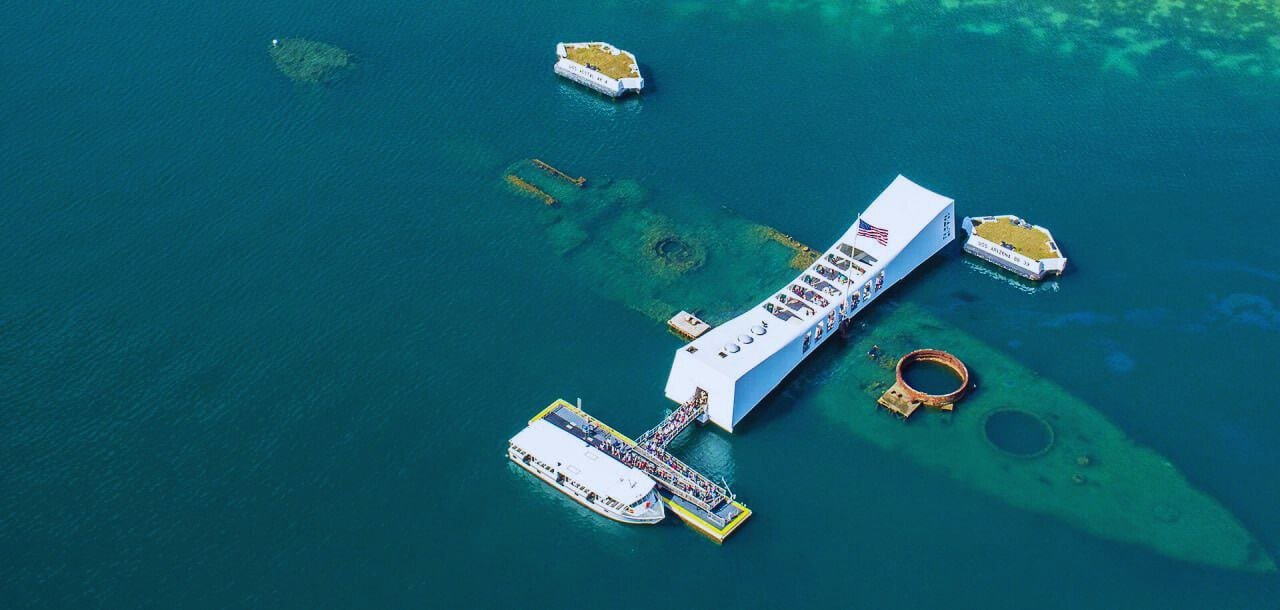Contents
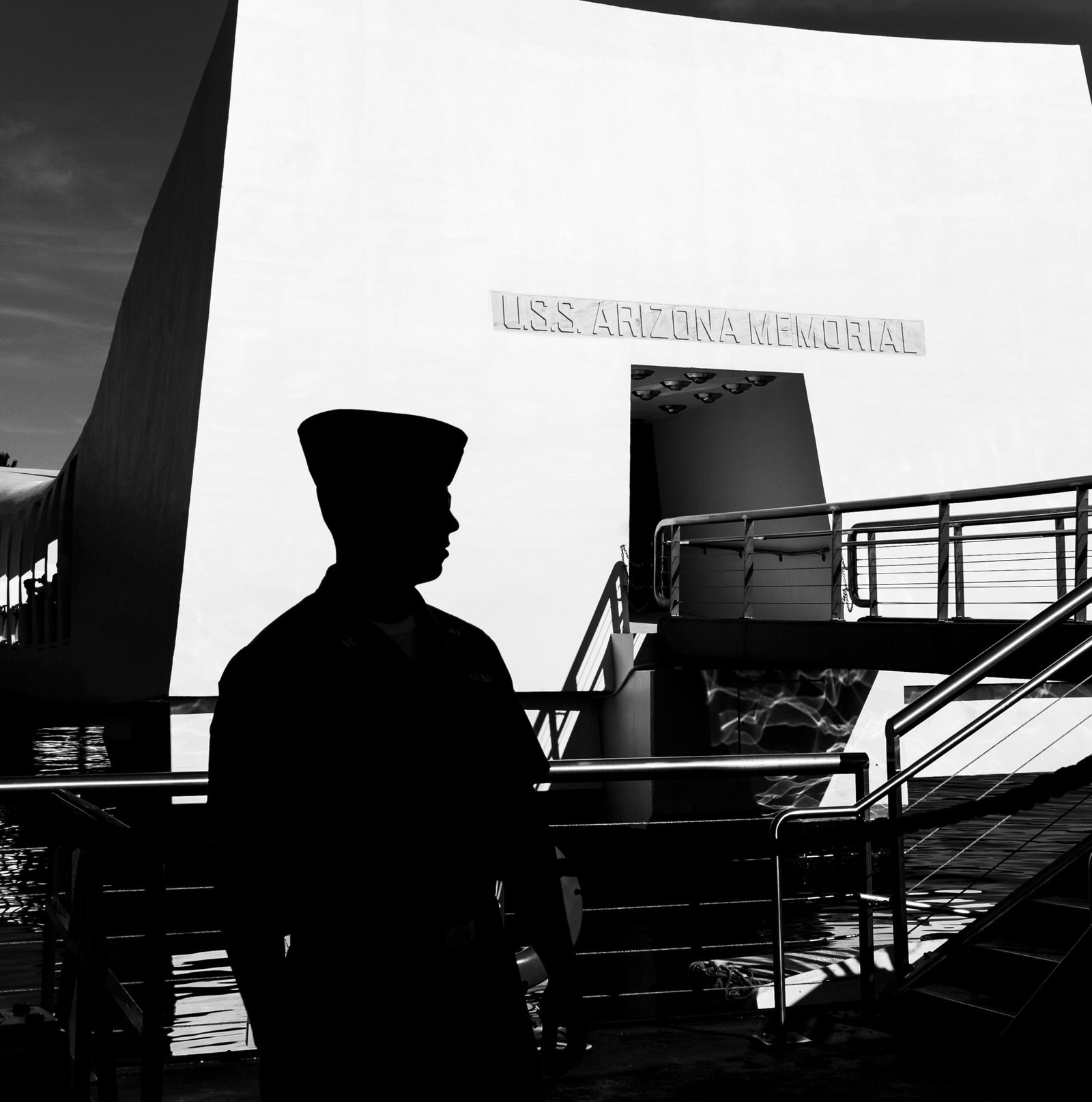
Introduction to Pearl Harbor
Pearl Harbor, a lagoon harbor on the island of Oahu, Hawaii, holds a significant place in both American and global history. Located approximately 10 miles west of Honolulu, Pearl Harbor serves as a major naval base for the United States. Its strategic location in the Pacific Ocean made it a critical point for military and logistical operations, especially during times of conflict and geopolitical tension. The harbor’s deep waters and extensive facilities provided an ideal setting for the mooring of battleships, aircraft carriers, and other naval vessels, making it a formidable stronghold in the Pacific region.
The significance of Pearl Harbor as a naval base cannot be understated. It served as the headquarters of the United States Pacific Fleet, a role that underscored its importance for American military strategy. The base was equipped with advanced infrastructure, including shipyards, dry docks, and fuel depots, which were essential for maintaining naval operations across the vast Pacific theater. This positioning allowed the United States to project its power and maintain a strategic presence in the region, deterring potential adversaries and safeguarding maritime routes.
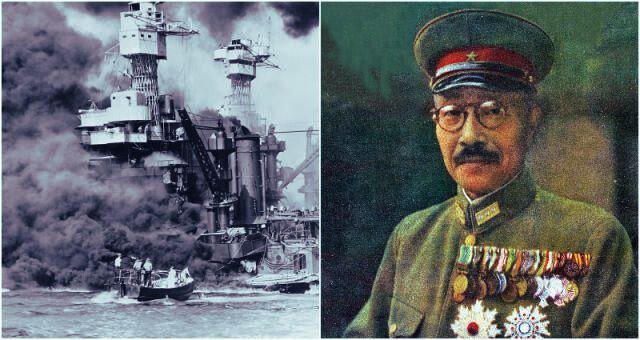
In the years leading up to December 7, 1941, Pearl Harbor’s importance grew as geopolitical tensions escalated. The harbor became a focal point for American defensive and offensive planning, particularly as the threat of conflict with Japan loomed larger. The strategic value of Pearl Harbor was recognized not only by the United States but also by Japan, which saw the harbor as a critical target to undermine American naval capabilities. The attack on Pearl Harbor was a pivotal moment that reshaped the course of World War II, highlighting the harbor’s central role in global military strategy.
The Road to War: Tensions Between the US and Japan
The years leading up to the attack on Pearl Harbor were marked by escalating tensions between the United States and Japan. A significant factor contributing to this strain was Japan’s aggressive expansionist activities in Asia. In the 1930s, Japan sought to establish itself as a dominant power in the region, leading to its invasion of Manchuria in 1931 and subsequent full-scale war with China in 1937. These actions were driven by Japan’s desire for natural resources and territorial gains, prompting international condemnation and concern, particularly from the United States which had vested interests in maintaining stability in Asia.
In response to Japan’s expansionism, the United States implemented a series of economic sanctions and embargoes aimed at curbing Japan’s military ambitions. One of the most significant moves was the embargo on oil shipments to Japan, which was imposed in 1941. This embargo was a critical blow to Japan, a nation heavily dependent on imported oil for its industrial and military operations. The United States also restricted the export of other essential materials, such as steel and scrap iron, further exacerbating the strain on Japan’s economy and war efforts.
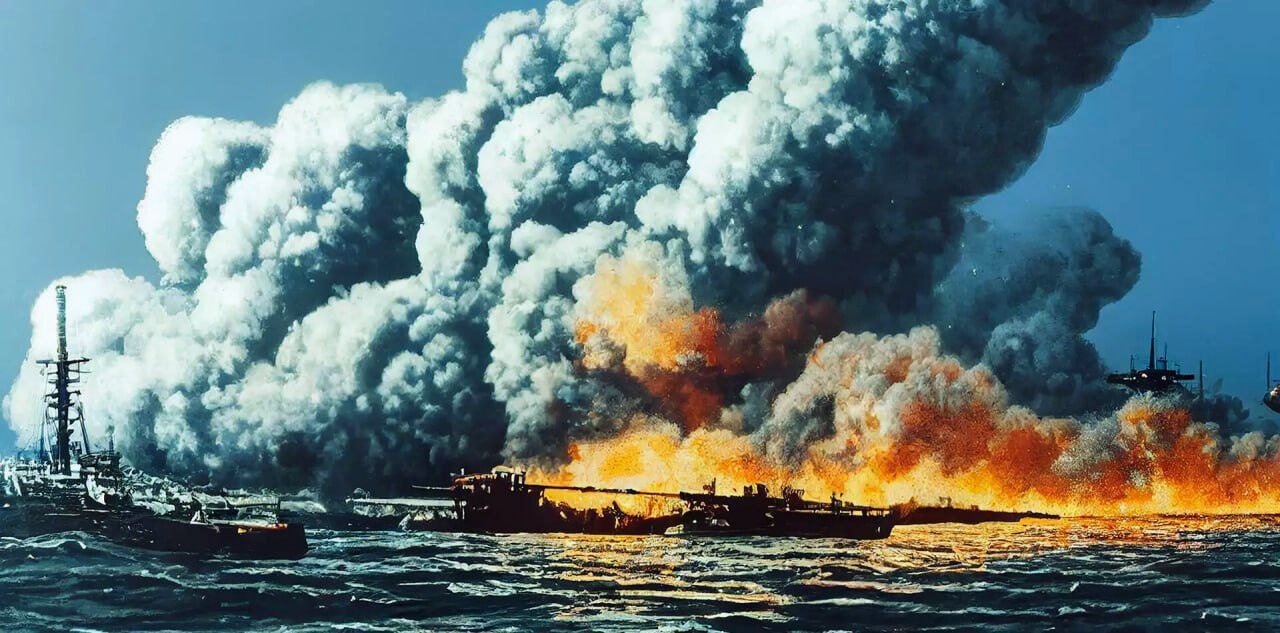
Diplomatic negotiations between the two nations were ongoing but fraught with difficulties. The United States insisted that Japan withdraw from China and cease its expansionist policies. However, Japan viewed these demands as an affront to its sovereignty and aspirations for regional dominance. Despite multiple meetings and exchanges of diplomatic notes, the negotiations failed to produce a mutually agreeable solution. The United States remained firm in its stance against Japanese aggression, while Japan felt increasingly cornered and desperate to secure its strategic interests.
The combination of Japan’s aggressive territorial ambitions, the crippling effects of US economic sanctions, and the failure of diplomatic efforts created an untenable situation. As tensions reached a boiling point, Japan began to plan a preemptive strike to neutralize the US Pacific Fleet stationed at Pearl Harbor, setting the stage for one of the most pivotal moments in World War II history.
The Japanese Attack Plan
The Japanese military strategy leading to the attack on Pearl Harbor was characterized by meticulous planning and decisive action, reflecting the high stakes and risks involved in such an audacious operation. The plan was orchestrated by key figures in the Japanese Imperial Navy, including Admiral Isoroku Yamamoto, who played a pivotal role in advocating for the attack. Yamamoto, understanding the might of the U.S. Pacific Fleet, aimed to deliver a crippling blow to prevent American interference in Japan’s expansionist ambitions in Southeast Asia.
Extensive intelligence gathering was a cornerstone of the Japanese plan. Spies in Hawaii provided detailed reports on the positioning of American ships and defenses within Pearl Harbor. The intelligence collected allowed Japanese planners to devise an attack strategy that aimed to achieve maximum damage with minimal losses. The decision-making process was rigorous, involving numerous war games and simulations to anticipate potential American responses and refine attack tactics.
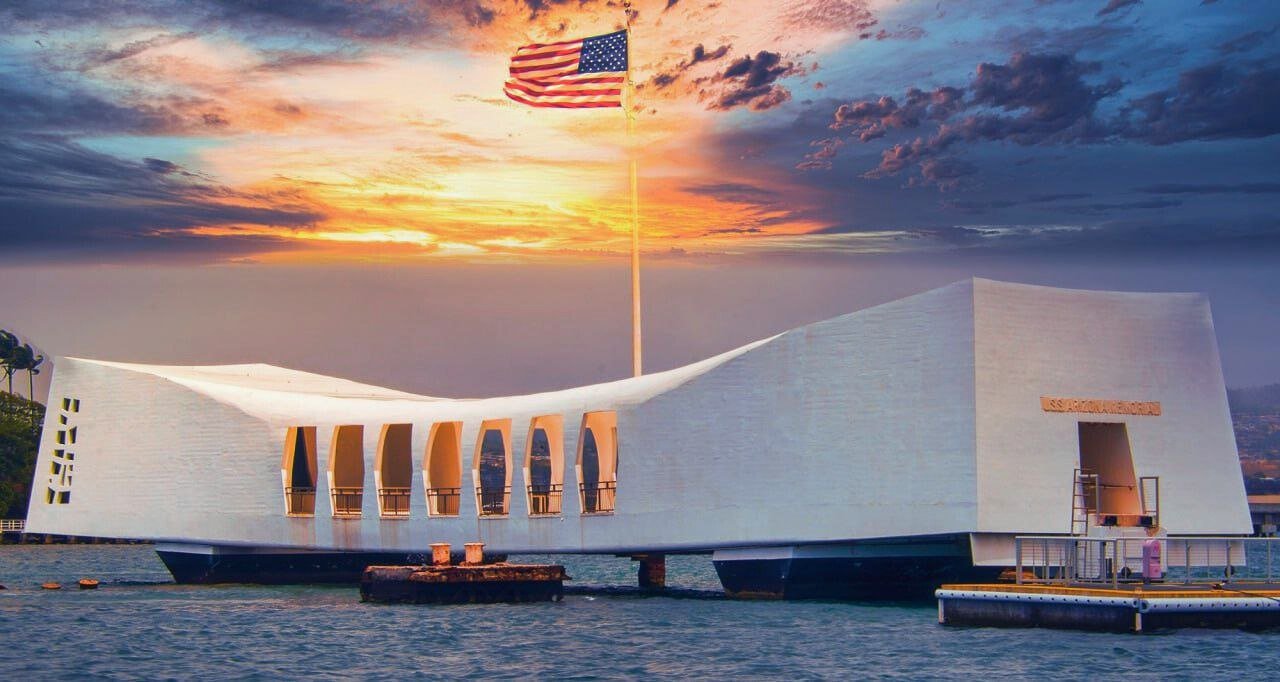
The overall objective of the Japanese forces was to neutralize the U.S. Pacific Fleet, thereby securing Japan’s strategic interests in the Pacific. The strategy was divided into several phases, beginning with a surprise aerial assault designed to destroy battleships and aircraft carriers. This was followed by subsequent waves targeting airfields and other military installations to ensure sustained damage and incapacitate American counterattack capabilities.
Preparation for the attack was thorough and included training pilots for the specific conditions of Pearl Harbor. The Japanese fleet, comprising six aircraft carriers among other vessels, embarked on a covert journey across the Pacific to maintain the element of surprise. The logistical challenges were immense, requiring precise coordination and secrecy to avoid detection by American forces.
The risks inherent in the operation were significant. The success of the attack hinged on achieving surprise and overwhelming force, as a prolonged engagement could lead to severe Japanese losses. Despite these risks, the Japanese high command pressed forward, banking on the element of surprise to achieve a swift and decisive victory.
December 7, 1941: The Attack Unfolds
At precisely 7:48 a.m. Hawaiian time, the tranquility of a peaceful Sunday morning was shattered as the first wave of Japanese planes descended upon Pearl Harbor. The surprise attack, meticulously planned and executed by the Imperial Japanese Navy, marked a pivotal moment in World War II. The initial assault targeted key battleships, airfields, and naval installations, aiming to cripple the United States Pacific Fleet.
The initial moments were chaotic. Eyewitnesses recalled the deafening roar of aircraft engines and the ominous whistling of bombs. Petty Officer John Smith, stationed aboard the USS Arizona, described the scene: “It was as if the sky had erupted. Explosions rocked the ship, and fire seemed to engulf everything around us.” The Arizona was among the first to be hit, suffering a catastrophic explosion that claimed the lives of over 1,100 crew members.
Meanwhile, Japanese pilot Mitsuo Fuchida led the assault with a sense of grim determination. “Tora! Tora! Tora!” signaled the commencement of the attack, indicating complete surprise. The first wave struck with precision, targeting airfields at Hickam, Wheeler, and Bellows, destroying hundreds of aircraft on the ground and severely hampering the American response.
By 8:40 a.m., the second wave of Japanese aircraft arrived, intensifying the devastation. The USS Oklahoma capsized after receiving multiple torpedo hits, trapping hundreds of sailors inside. Amidst the chaos, acts of heroism emerged. Chief Boatswain Edwin Hill of the USS Nevada, for instance, bravely attempted to get his ship underway, earning a posthumous Medal of Honor for his actions.
By 9:45 a.m., the attack began to wane, leaving behind a smoking, shattered landscape. Over 2,400 Americans lost their lives, and 19 naval vessels were damaged or destroyed. The Japanese, having achieved their objective, retreated, leaving the United States to grapple with the immediate aftermath and the long-term implications of this pivotal moment in history.
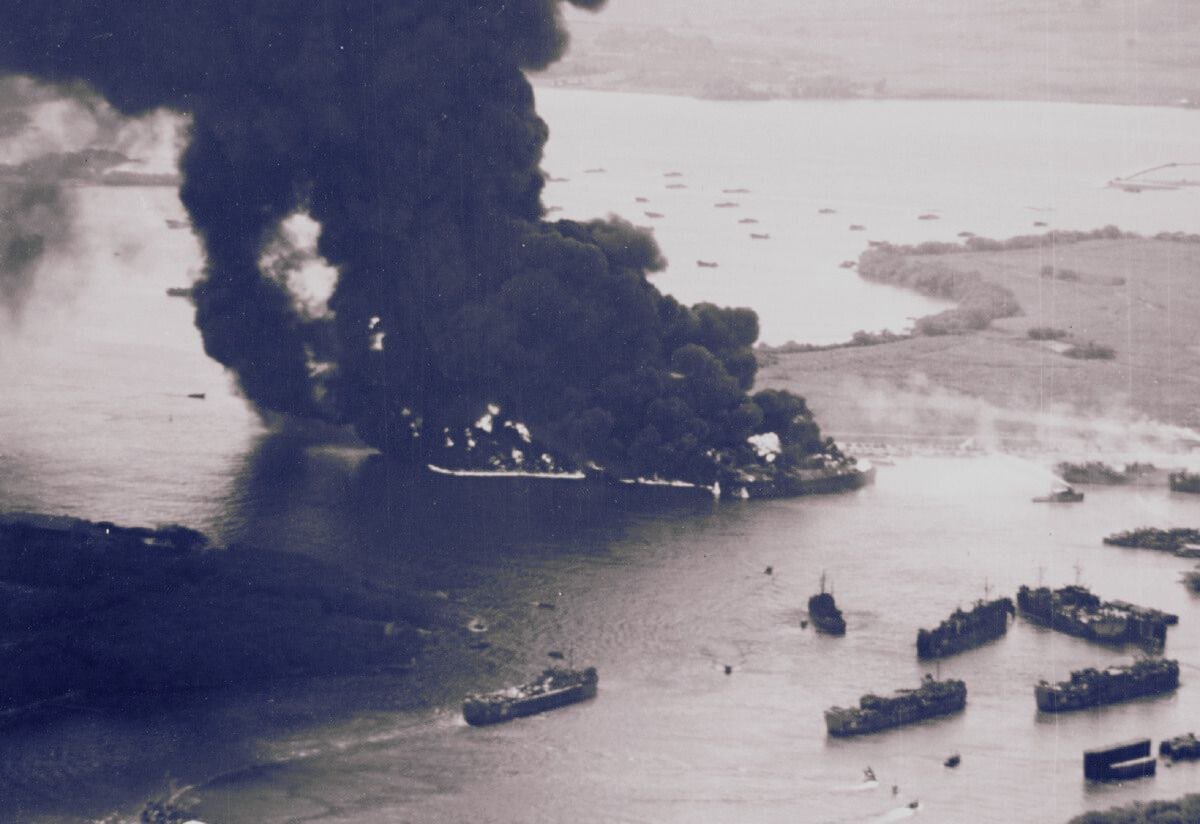
Immediate Aftermath and Impact
The attack on Pearl Harbor on December 7, 1941, had profound and immediate consequences. The most tragic aspect was the significant loss of life; approximately 2,403 Americans were killed, and another 1,178 were wounded. The assault inflicted severe damage on the U.S. Pacific Fleet, with eight battleships, three cruisers, and four destroyers either sunk or significantly damaged. The USS Arizona, in particular, suffered catastrophic destruction, leading to the majority of the casualties.
The impact on military and civilian morale was equally profound. The surprise nature of the attack and the devastation it caused led to a nationwide sense of shock and vulnerability. For many Americans, the illusion of security provided by the Pacific Ocean was irrevocably shattered. Moreover, the attack highlighted critical deficiencies in U.S. military preparedness and intelligence, prompting an urgent reassessment of defense strategies.
President Franklin D. Roosevelt responded decisively to the crisis. On December 8, 1941, he delivered his famous “Day of Infamy” speech to a joint session of Congress, declaring war on Japan. Roosevelt’s address galvanized the nation, uniting the American public in support of the war effort. His leadership during this tumultuous time was instrumental in maintaining national resolve and steering the country through the initial shock of the attack.
Military leaders also took immediate action to address the crisis. Admiral Husband E. Kimmel and General Walter C. Short, the commanders at Pearl Harbor, were relieved of their duties and replaced by Admiral Chester Nimitz and General Delos C. Emmons, respectively. These changes in command were part of a broader strategy to bolster U.S. military capabilities in the Pacific. Additionally, efforts to salvage and repair damaged vessels began almost immediately, demonstrating a remarkable capacity for resilience and recovery.
In the days and weeks following the attack, the U.S. government implemented numerous measures to strengthen national security. These included increased production of war materials, the establishment of internment camps for Japanese Americans, and the reorganization of military commands to improve coordination and response times. The attack on Pearl Harbor thus marked a turning point in U.S. history, reshaping military strategies and altering the course of World War II.
The attack on Pearl Harbor on December 7, 1941, marked a pivotal moment in American history, serving as the catalyst for the United States’ formal entry into World War II. The immediate aftermath of the surprise assault saw a seismic shift in both political and public sentiment. President Franklin D. Roosevelt, addressing the nation with his famous “Day of Infamy” speech, captured the collective outrage and determination of the American people. On December 8, 1941, just one day after the attack, the United States Congress declared war on Japan, with only one dissenting vote in the House of Representatives.
This declaration of war did not go unnoticed by the Axis powers. In a show of solidarity with Japan, Germany and Italy declared war on the United States on December 11, 1941. These declarations were swiftly reciprocated by the United States, thereby plunging the nation fully into the global conflict. The American entry into World War II marked a significant turning point, as the United States began to mobilize its vast industrial and human resources for the war effort.
The mobilization efforts were unprecedented in scale and scope. The U.S. government rapidly transformed the economy to support wartime production, converting factories to produce military equipment, vehicles, and supplies. The Selective Service System was reactivated, leading to the conscription of millions of American men into the armed forces. Women also played a crucial role, joining the workforce in record numbers to fill the gaps left by men who had gone to fight, as well as serving in various capacities within the military.
Furthermore, the attack on Pearl Harbor precipitated a profound shift in American foreign policy. Prior to the attack, the United States had maintained a stance of isolationism, largely staying out of the conflicts raging across Europe and Asia. However, the events of December 7, 1941, galvanized the nation towards a more active and interventionist military engagement. The United States began to forge strategic alliances, most notably with the United Kingdom and the Soviet Union, forming the backbone of the Allied powers.
The entry of the United States into World War II had far-reaching implications not only for the outcome of the war but also for the post-war world order. It marked the beginning of a period of extensive military and economic involvement in global affairs, shaping international relations for decades to come.
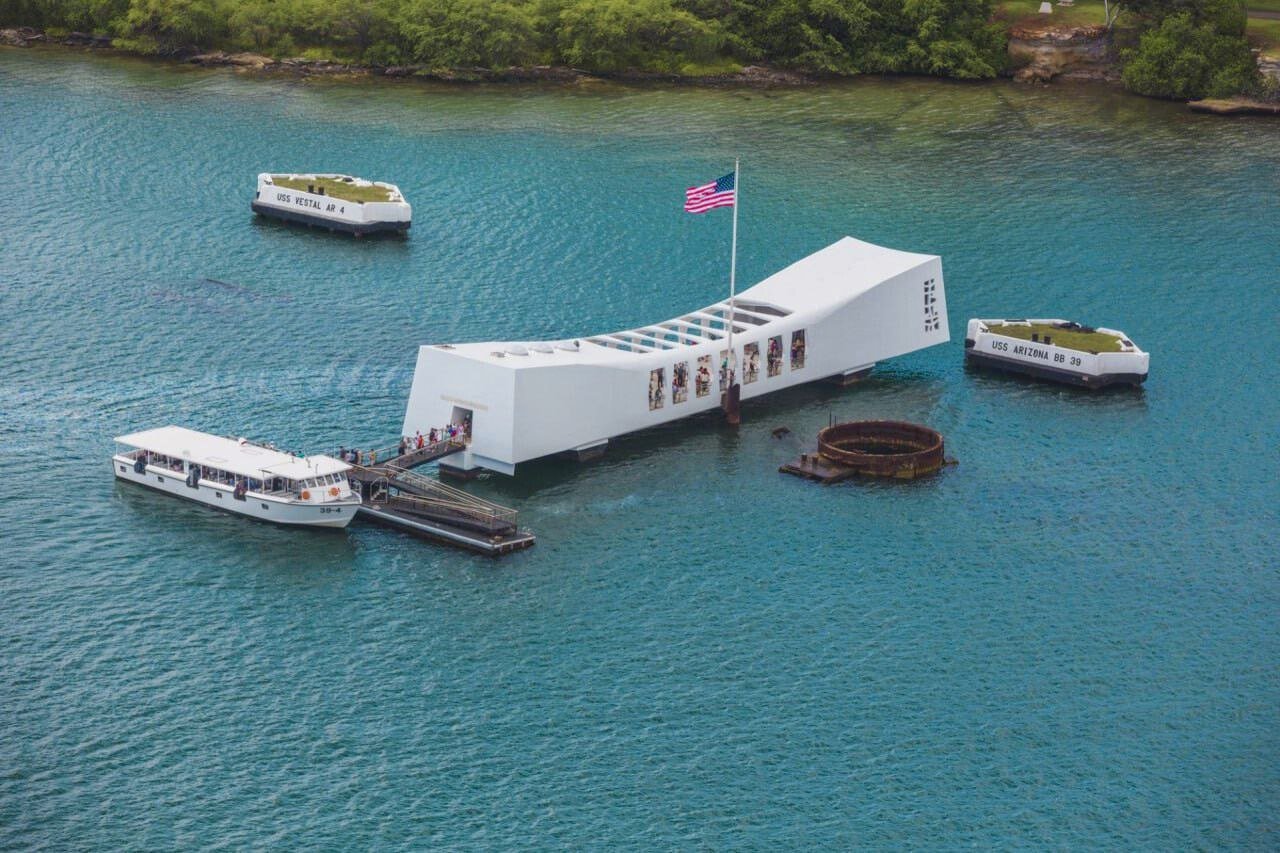
Pearl Harbor in Retrospect: Lessons and Legacy
The attack on Pearl Harbor on December 7, 1941, stands as a monumental event in American history, forever altering the landscape of U.S. military strategy, intelligence operations, and foreign policy. The immediate aftermath witnessed the United States’ entry into World War II, catalyzing a transformation in its global stance. This pivotal moment underscored several critical lessons that have since shaped American defense strategies and policies.
One of the most profound impacts of Pearl Harbor was the emphasis it placed on the necessity for advanced intelligence and early warning systems. The failure to anticipate the attack highlighted significant lapses in communication and intelligence coordination, leading to the establishment of more robust intelligence agencies. The creation of the Office of Strategic Services (OSS), the precursor to the Central Intelligence Agency (CIA), and the enhancement of the Federal Bureau of Investigation’s (FBI) counterintelligence efforts were direct responses to the shortcomings exposed by Pearl Harbor.
In terms of military strategy, the attack underscored the importance of maintaining a state of readiness and the need for a more dynamic and flexible approach to defense planning. This led to the development of new military doctrines and the restructuring of the armed forces to better respond to unexpected threats. The concept of a preemptive strike and the significance of air superiority became central to U.S. military tactics, influencing future engagements from the Korean War to contemporary conflicts.
The foreign policy landscape was also irrevocably changed. Prior to Pearl Harbor, the United States had largely adhered to isolationist tendencies. The attack, however, galvanized a shift towards a more interventionist and internationalist posture. This shift was evident in the establishment of enduring alliances and the formation of international bodies such as the United Nations, aimed at fostering global cooperation and preventing future conflicts.
The legacy of Pearl Harbor endures in American historical consciousness and is commemorated annually to honor those who lost their lives. It serves as a poignant reminder of the vulnerabilities and the resilience of a nation. This historical event continues to be a crucial reference point in discussions about national security, preparedness, and the importance of vigilance in an ever-evolving global landscape.
The attack on Pearl Harbor, a pivotal moment in world history, is commemorated through various memorials and remembrance activities dedicated to its victims. These sites serve not only as poignant tributes but also as educational resources that ensure the legacy of Pearl Harbor remains vivid for future generations. Among these, the USS Arizona Memorial stands as one of the most significant monuments. Located at Pearl Harbor in Honolulu, Hawaii, it marks the resting place of 1,177 sailors and Marines who perished aboard the USS Arizona during the attack on December 7, 1941. The memorial, which is accessible only by boat, allows visitors to reflect on the sacrifices made and the profound impact of that fateful day.
Another notable site is the Pearl Harbor National Memorial, which encompasses the USS Arizona Memorial alongside other historic locations such as the USS Utah Memorial and the USS Oklahoma Memorial. These memorials collectively honor the lives lost and the heroism displayed during the attack. The Pearl Harbor National Memorial provides a comprehensive narrative of the events through museum exhibits, films, and guided tours. This immersive educational experience helps visitors understand the broader context of the attack and its lasting repercussions on global history.
The preservation of these memorials is crucial for educational purposes, allowing individuals to learn about and reflect on the significant historical events of Pearl Harbor. These sites offer a space for personal and collective remembrance, where survivors, families of the fallen, and visitors from around the world can pay their respects. Through ceremonies and annual commemorations, the memory of Pearl Harbor is kept alive, fostering a deeper appreciation of the sacrifices made and the lessons learned.
Preserving the memory of Pearl Harbor is not just about honoring the past; it is about educating future generations about the importance of peace and the consequences of conflict. By visiting these memorials, individuals gain insight into the human cost of war and the resilience of those who lived through it. The ongoing efforts to maintain and promote these sites ensure that the legacy of Pearl Harbor continues to resonate, reminding us of the enduring importance of remembrance and reflection.

OUR SITE: toinewsalert.com

